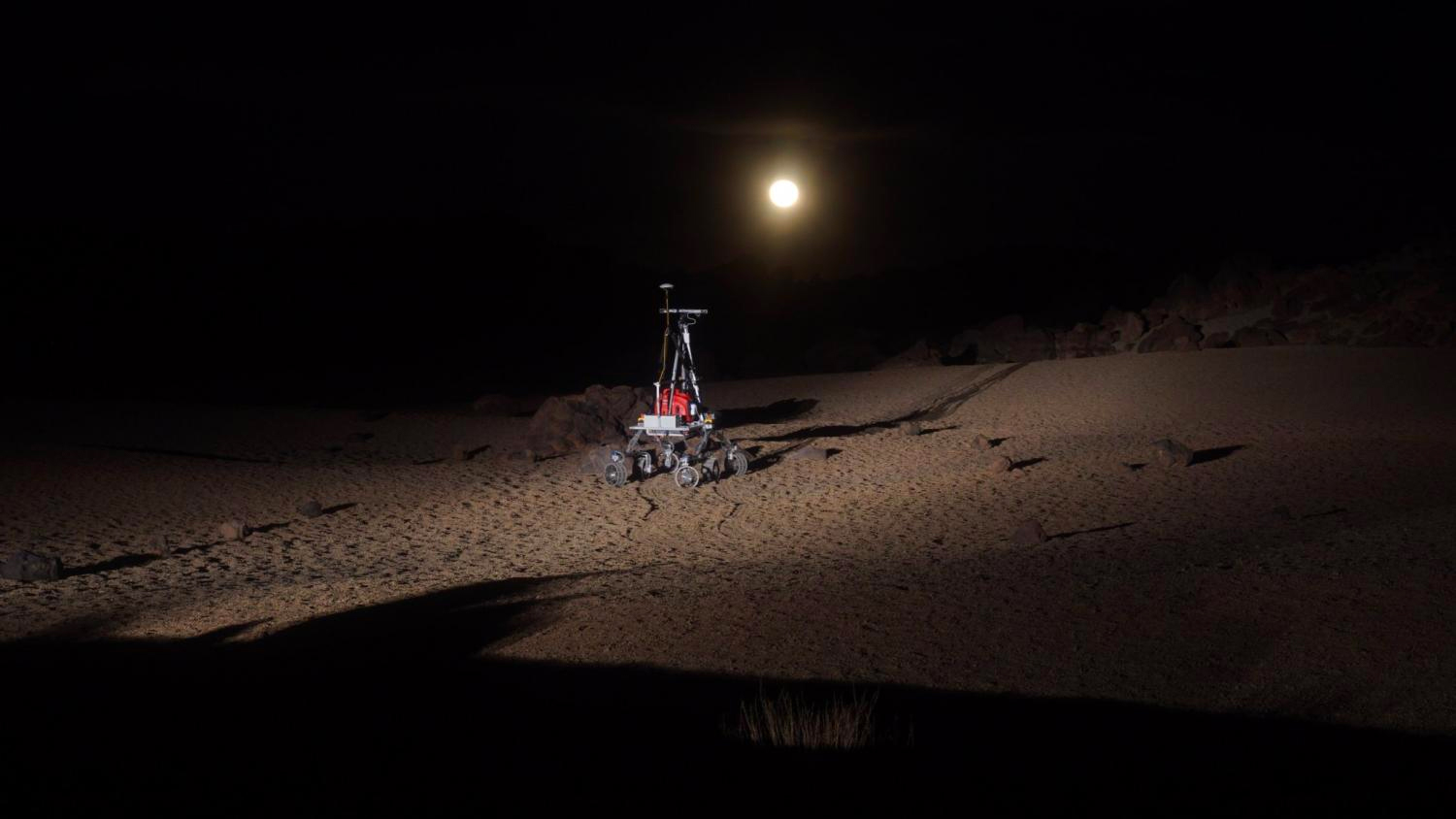Want to visit the Moon here on Earth? Try Tenerife like the ESA's new Rover robots
The closest thing Europe has to the Moon

Finding places on Earth to test rovers designed for space exploration is surprisingly tricky. But planetary roboticists from the European Space Agency (ESA) have found a part of the world that's unusually Moon-like - the volcanic island of Tenerife.
And not even all of it - the perfect spot, they say, is the Teide National Park, in an area called Las Minas de San José. "It's hard to find suitable locations like this one," said ESA robotics engineer Martin Azkarate.
"Compared to rockier volcanic areas nearby where the rovers would not be able to traverse at all, this place is manoeuvrable while also moon-like – with sand and small stones above rock – and big enough for us to make more than 13 km of traverses."
The ESA has been doing those traverses with a pair of new rovers that are designed for exploring the polar regions of the Moon. Lighting conditions near the Moon's poles will be more unusual, which the team is simulating by conducting the drills in the dark.
"Their high latitude means the Sun stays low on the horizon, casting long shadows, and deep craters stay mired in permanent shadow – potentially storing scientifically interesting water ice and other frozen volatiles," said Azkarate.
"Until now, planetary rovers have always been operated during local daylight."
Different sensors
The team wants to find out the best ways of navigating the lunar surface in conditions of "varied illumination". They're testing various different sensors and software tools to let them do that - including stereo cameras, ranging cameras, laser-radar sensors, inertial measurement units and wheel sensors.
Get daily insight, inspiration and deals in your inbox
Sign up for breaking news, reviews, opinion, top tech deals, and more.
In some cases, the rovers were controlled directly. But they also did some tests where they were allowed to control themselves.
"The moon is close enough for direct remote control, albeit with a slight time delay," explained robotics engineer Levin Gerdes.
"But for Mars, the distance involved makes that impossible. Instead martian rovers are periodically uploaded with sets of telecommands to follow. This is a slow process however. A faster, self-navigating rover is seen as a necessary technology for future missions, like self-driving cars on Earth."
The team plans to return to Las Minas de San José in September for more testing.
